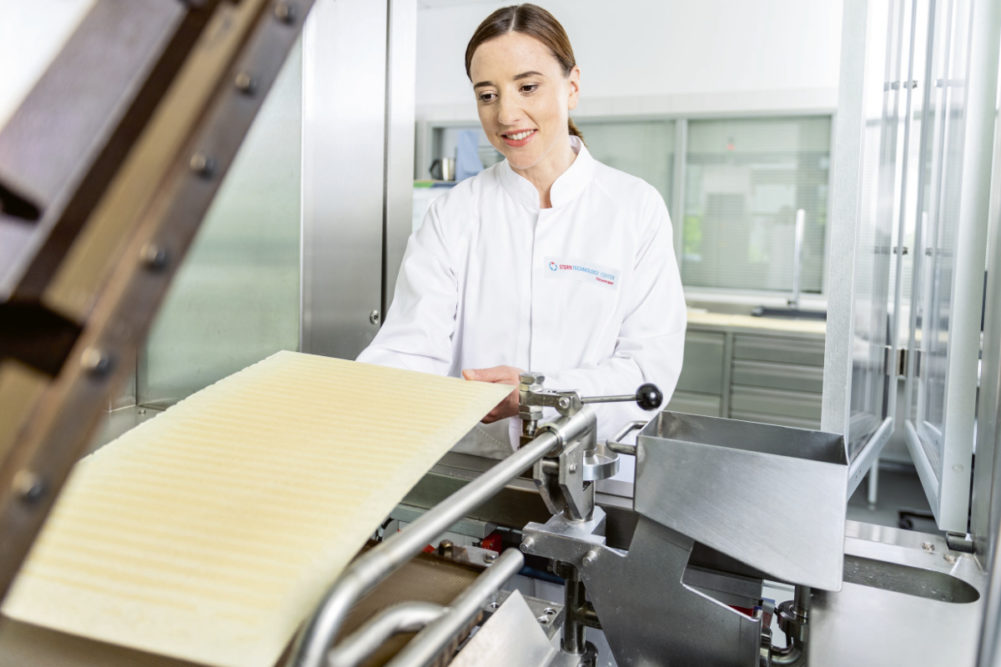AHRENSBURG, GERMANY — SternEnzym has introduced a new compound for the production of gluten-free wafers.
The Sternzym GA 31077 GF improve makes gluten-free wafers as stable and crispy as standard wafers.
“With the help of this enzyme compound, high-quality wafers can be made from gluten-free flour,” said Angelika Drakulic, application technologist at SternEnzym. “The consumer can’t tell any difference.”
The enzymatic solution Sternzym GA 31077 GF ensures optimum dough viscosity and adaptable wafer sheet color. Sternzym GA 31077 GF can be added to various gluten-free flours and is a mix of standardized glucoamylase enzyme from fungus with a thickener.
Glucoamylase turns starch into glucose units, supporting fermentation and giving an even browning. The thickener contributes to the viscoelastic properties of the dough.
In recent years consumer interest in gluten-free foods has risen sharply. People suffering from celiac disease or gluten intolerance have to be careful not to eat foods containing this protein. But for many consumers, the reasons for choosing gluten-free foods are not strictly medical.
More and more perceive gluten-free products as healthier. Thus, gluten-free is no longer a niche product.
“Adding gluten-free baked goods to a product range is an ideal way for manufacturers to expand their target groups and meet a growing demand,” said Karin Abraham, head of research and development at SternEnzym.
However, gluten-free flour is a challenge in the production of baked goods, because gluten is an important ingredient that gives dough more elasticity and provides a better structure. Gluten also improves mixing tolerance and gas retention ability.
It’s especially difficult to make gluten-free flat baked foods like cookies with a creme filling between thin, crispy wafer sheets. Normally, gluten is part of what gives such thin baked foods their stability. The flour used for high-quality wafer sheets typically has a protein content of 9% to 11%. Lower than that, the wafer is too soft and fragile. Higher than that, the wafer becomes too hard. These fluctuations can in principle be compensated for with enzymes.




